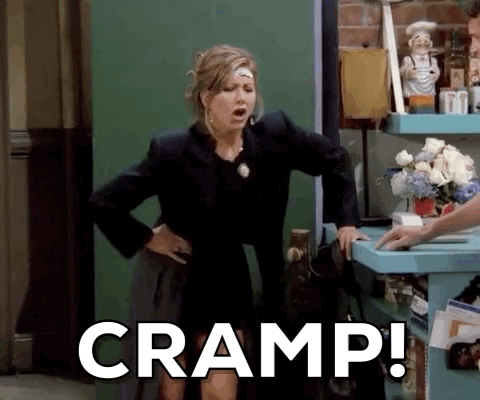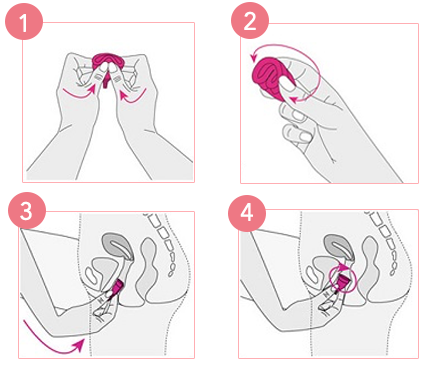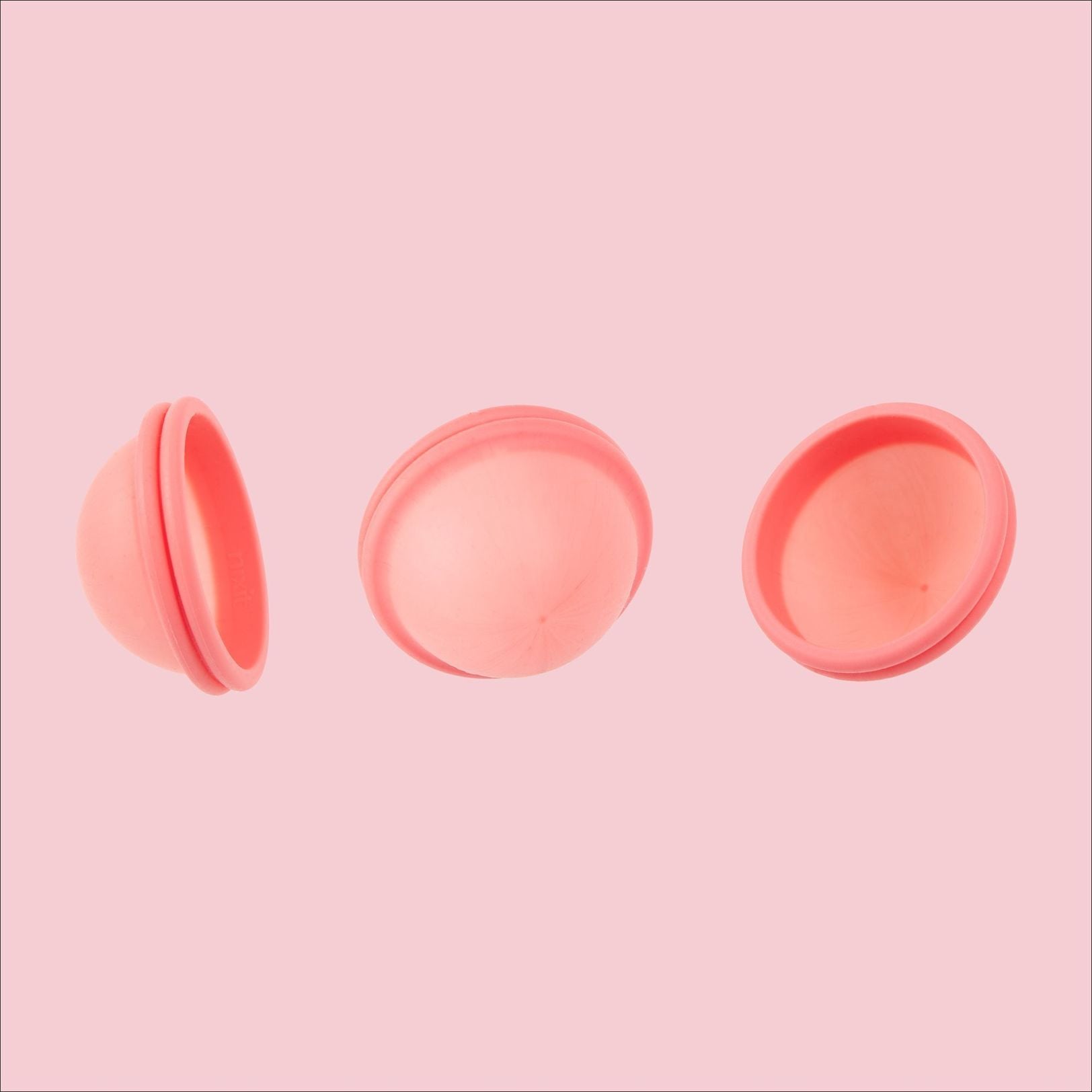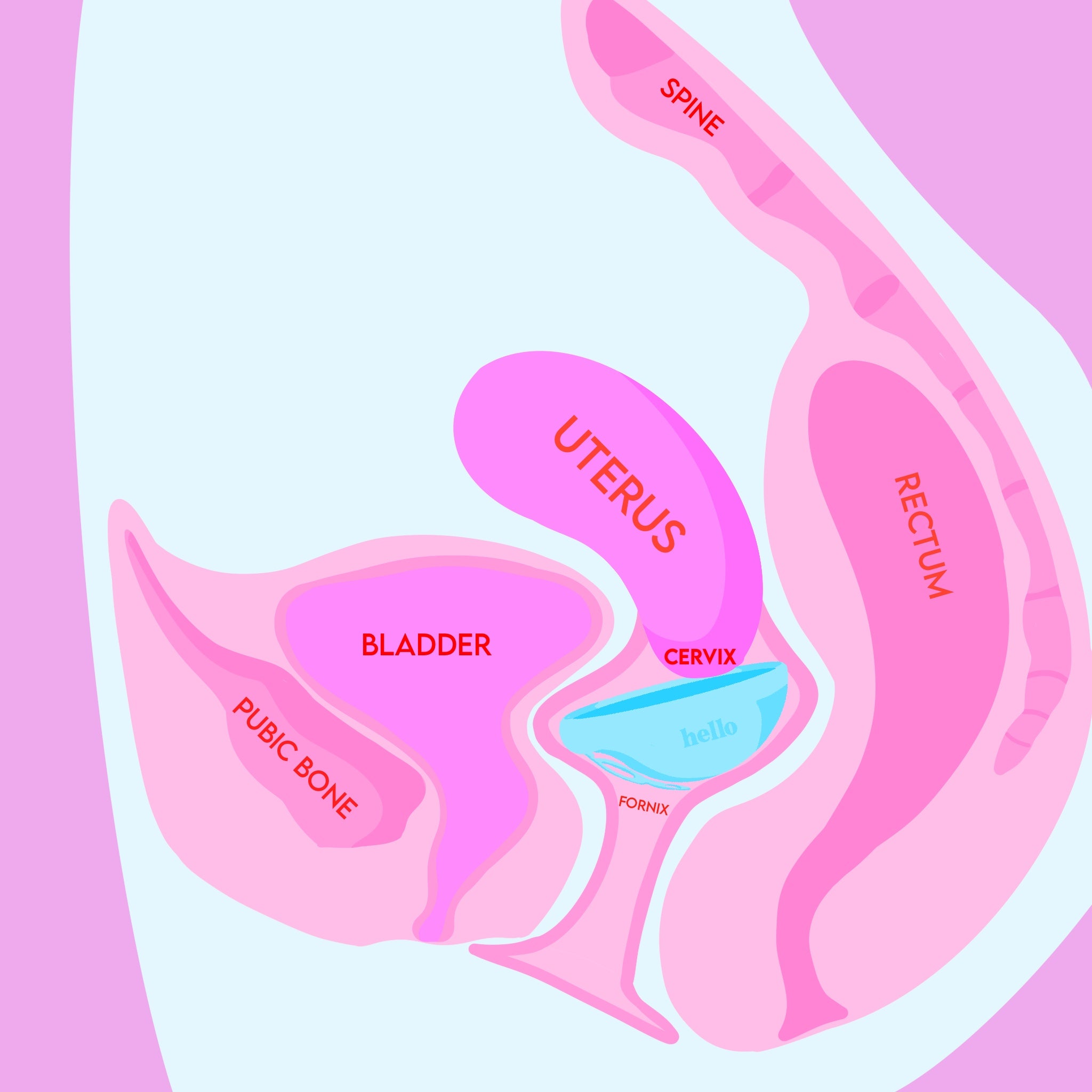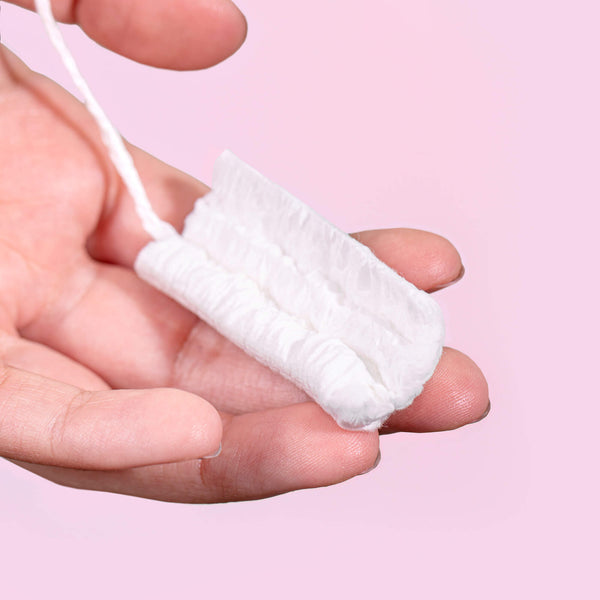5 Alternatives To Pads And Tampons That Are Environmentally-Friendly
The materials used to produce single-use pads and tampons can take up to 800 years to decompose.
Every time we get our period, it takes a toll on our emotional, mental, physical, and financial capacity.
But, did you know that most of the products we use have a negative impact on the environment?
While we may all agree that the 'time of the month' are the worst days of the year, it's important to note that more often than not, many period products are not environmentally-friendly.
Most of the period products in the market are made of non-biodegradable materials, like glue and plastic, and can take between 500 to 800 years to decompose.
Thankfully, today we have more eco-friendly options.
Let's take a look at five alternatives to pads and tampons that won't hurt our planet:
1. Menstrual cups
Usually made of rubber or silicone, the menstrual cup is a funnel-shaped cup inserted into the vagina. You can wear a cup for up to 12 hours, depending on your flow.
This product is the best alternative for those who are looking for a sanitary product that's able to hold a huge amount of period blood without leaking, as compared to other methods.
According to Healthline, those who want to switch to menstrual cups should consult a gynaecologist first, as the size of menstrual cups depend on factors like age, length of cervix, period flow, and cup capacity.
You may need to explore a few brands before finding the most optimum one for your body's needs.
Watch this video on how to insert a menstrual cup:
2. Cloth pads
Worn the same way as conventional single-use sanitary pads, cloth pads are made of cotton layers and waterproof fabric that enable reusability. You can wash and reuse cloth pads, unlike single-use disposable pads.
The number of cloth pads per cycle may depend on your period flow, such as 36 cloth pads for a heavy flow cycle.
Although cloth pads may be on the more pricey side, it's a good investment to make, as switching to cloth pads can let you save up on what would be spent on disposable single-use pads and tampons in the long run.
3. Period panties
Ever had to make that emergency trip to the washroom because you leaked? Well, period panties are designed to help deter your period blood from leaking.
They come in various sizes, fabrics, and capacity for all body shapes. They're also very comfortable, and you can wear them like your normal underwear.
They have a high absorption capacity. Depending on your flow, you can either wear them as is, or with an extra layer of protection when using cloth pads, tampons, or a menstrual cup/disc.
4. Menstrual discs
Similar to the menstrual cup, menstrual discs are flat and round in shape. While the menstrual cup is placed in the vaginal canal, a menstrual disc is positioned in the vaginal fornix.
Compared to menstrual cups, a menstrual disc lasts longer and is very comfortable, if placed correctly.
For both menstrual cup and disc, it's best to carry around a wet disposal bag for instances where you're in public and unable to clean them properly.
Watch this video on how to insert a menstrual disc:
5. Non-applicator cotton tampons
If you still prefer using tampons, the non-applicator cotton tampon is a much better and more sustainable option than tampons made of plastic.
Non-applicator cotton tampons are environmentally-friendly and low cost, as less packaging is needed due to its smaller size, compared to a conventional tampon. Their smaller size also make them easier to carry around.
Not only that, they're free of harmful synthetic materials and reduce the risk of toxic shock syndrome (TSS), which is a condition of bacteria overgrowth found in women's bodies, especially menstruating women who use absorbent tampons.
As we transition towards more sustainable alternatives, it's also important to acknowledge that a lot of women today still suffer from period poverty, and have no access to period products
While the discussion on more sustainable alternatives for period products is relevant, the issue of period poverty is just as prevalent in our society. Most may not have access to single-use period products, much less sustainable alternatives.
As a society, we need more discussions that are free of judgment, in order to break the taboo surrounding 'period talk'.
